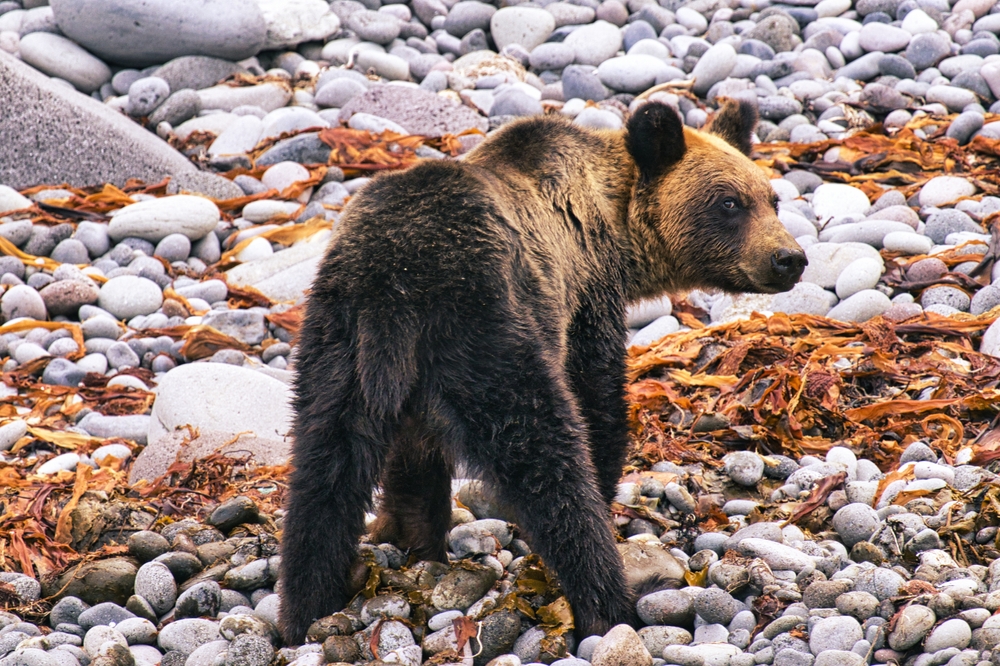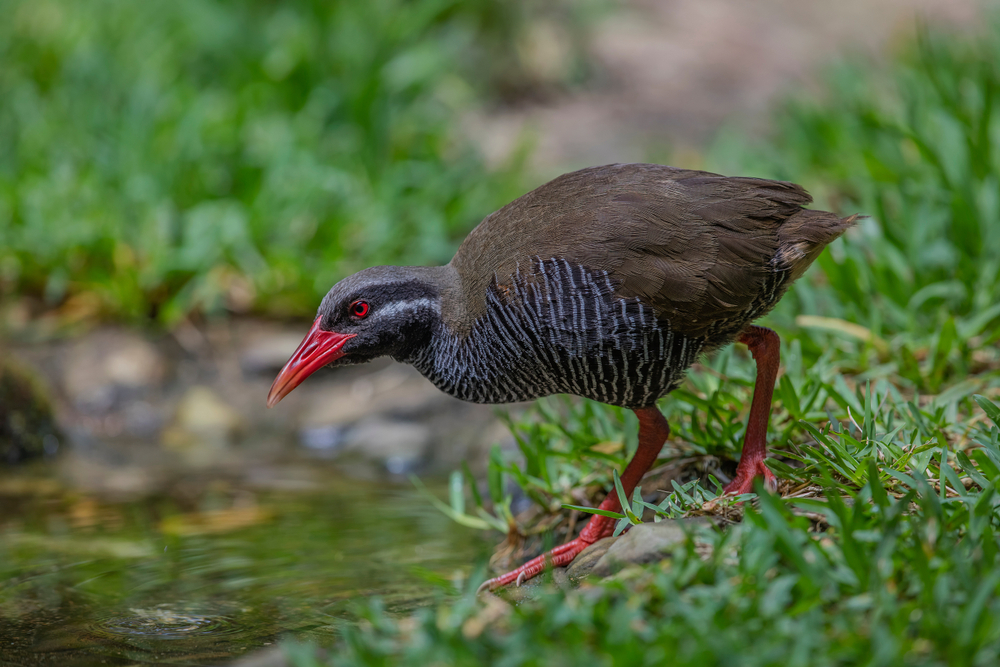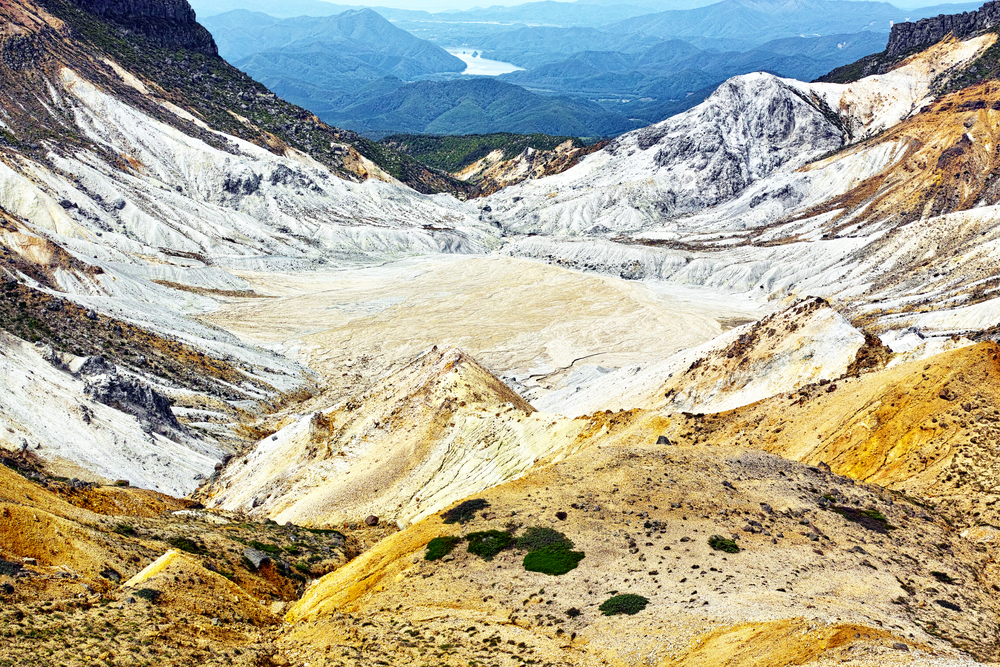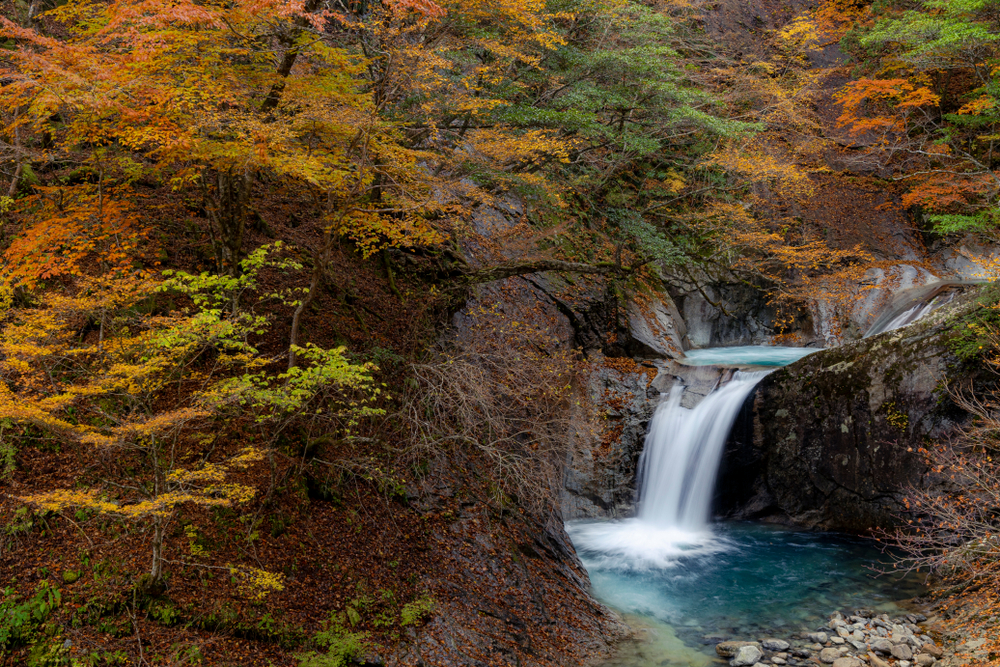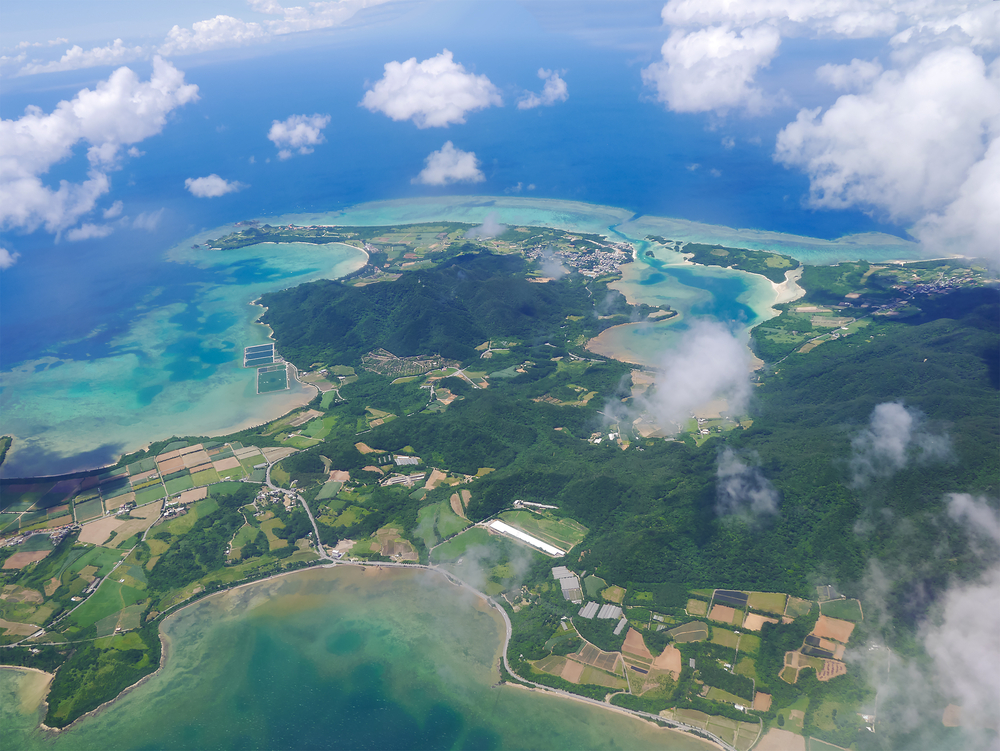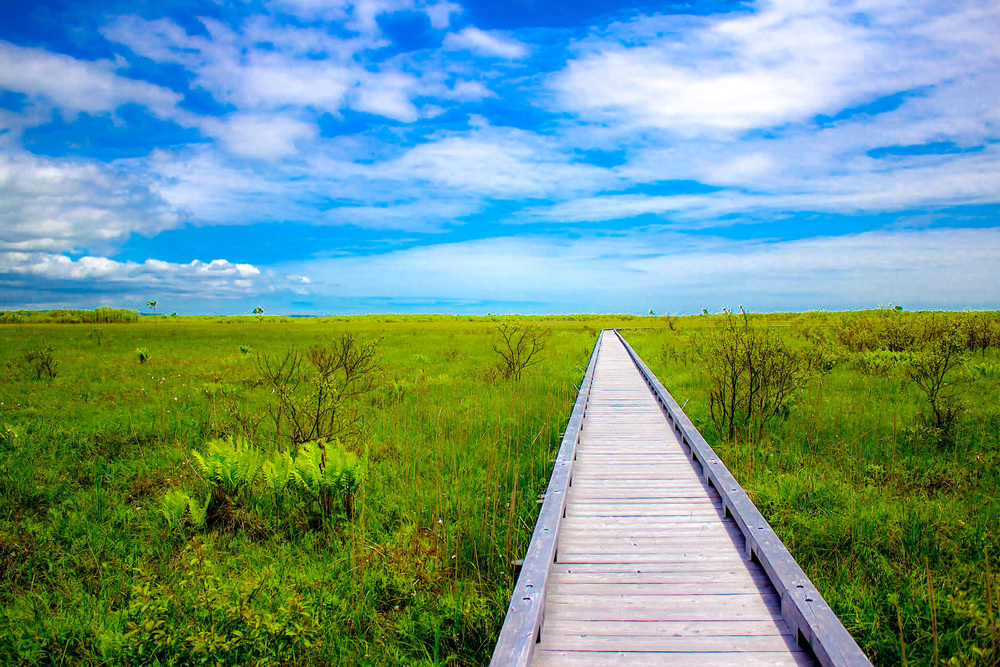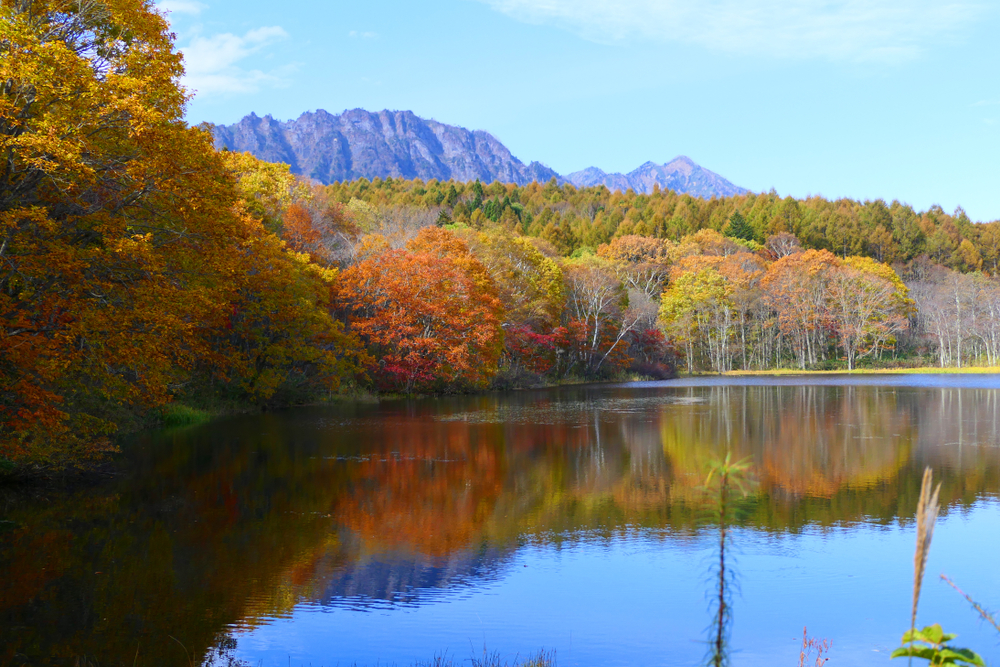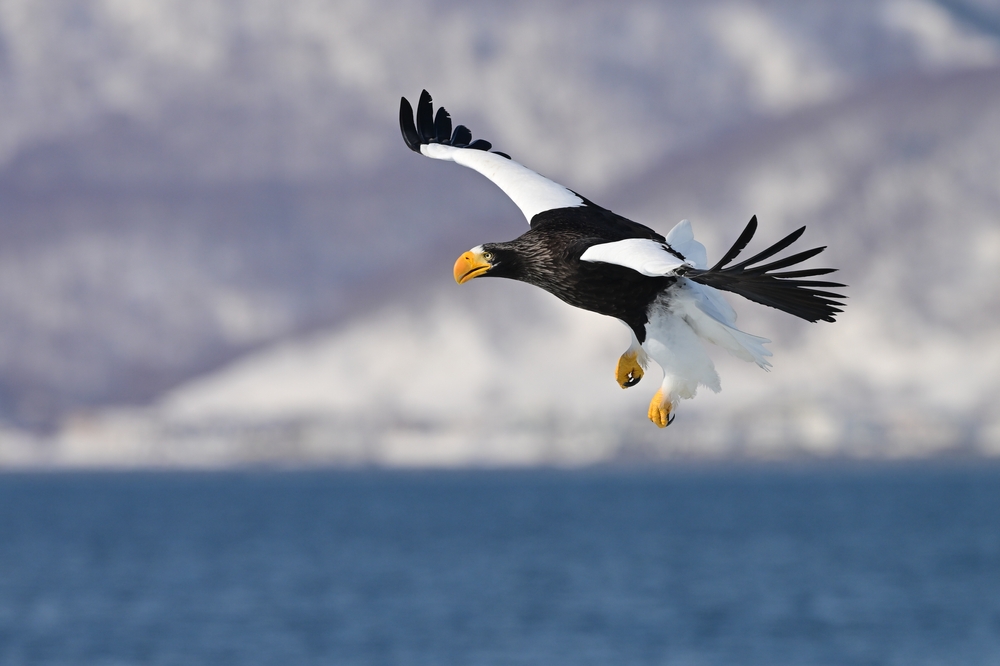Hidakasanmyaku-Erimo-Tokachi Overview
Hidakasanmyaku-Erimo-Tokachi National Park, situated on the northern Japanese island of Hokkaido, spans an impressive 3,002 square miles (7,773 square kilometers). This expansive park showcases the diverse beauty and ecological richness of Japan’s northern wilderness. Known locally as 日高山脈襟裳十勝国立公園 (Hidakasanmyaku Erimo Tokachi Kokuritsu Kōen), the park stretches across a series of pristine landscapes that include the rugged Hidaka Mountain Range, the coastal cliffs of Cape Erimo, and the lush, fertile plains of Tokachi. Its dramatic topography and natural wonders make it one of Hokkaido’s most treasured national parks.
The terrain of the park is strikingly varied, ranging from the towering peaks of the Hidaka Range, such as Mount Poroshiri, which stands at 6,732 feet (2,052 meters), to the serene coastal landscapes of Erimo Point, where steep cliffs meet the Pacific Ocean. The Tokachi region is marked by expansive fields and gently rolling hills, which are often used for agriculture. Vegetation in the park transitions from subalpine forests dominated by Sakhalin fir and Erman’s birch to grasslands and shrublands closer to the coastline. Seasonal wildflowers bring bursts of color to the landscapes, with species such as alpine roses and gentians being particularly prominent.
The park is home to an impressive array of wildlife. Among its notable mammals are the Hokkaido brown bear, Ezo deer, and red fox, all of which are symbolic of the island’s untamed nature. Bird enthusiasts flock to the area to spot rare and endangered species, such as the Blakiston’s fish owl and the Steller’s sea eagle. Along the coast, harbor seals are a common sight, particularly near Cape Erimo, where the interplay of marine and terrestrial ecosystems offers a unique habitat for diverse species.
Visitors to Hidakasanmyaku-Erimo-Tokachi National Park often highlight Cape Erimo for its stunning views and windswept beauty, as well as the breathtaking hiking trails that wind through the Hidaka Mountain Range. The park’s geothermal activity can be experienced in nearby hot springs, offering a relaxing way to end a day of exploration. The Tokachi region is also famous for its agricultural products, with opportunities for farm visits and tastings adding a cultural dimension to the experience.
Exploration of the park is best enjoyed through hiking, birdwatching, and nature photography. Several trails lead to panoramic viewpoints, while the coastal areas are perfect for casual walks and seal watching. Winter sports, including backcountry skiing in the mountains, attract adventure seekers during the colder months.
Conservation within the park has been a significant focus, balancing the pressures of tourism and development with the need to preserve its fragile ecosystems. Efforts to protect the habitat of endangered species, such as the Blakiston’s fish owl, have been particularly successful, showcasing Japan’s commitment to environmental stewardship. However, climate change and invasive species continue to pose challenges, requiring ongoing collaboration between scientists, policymakers, and local communities.








































































